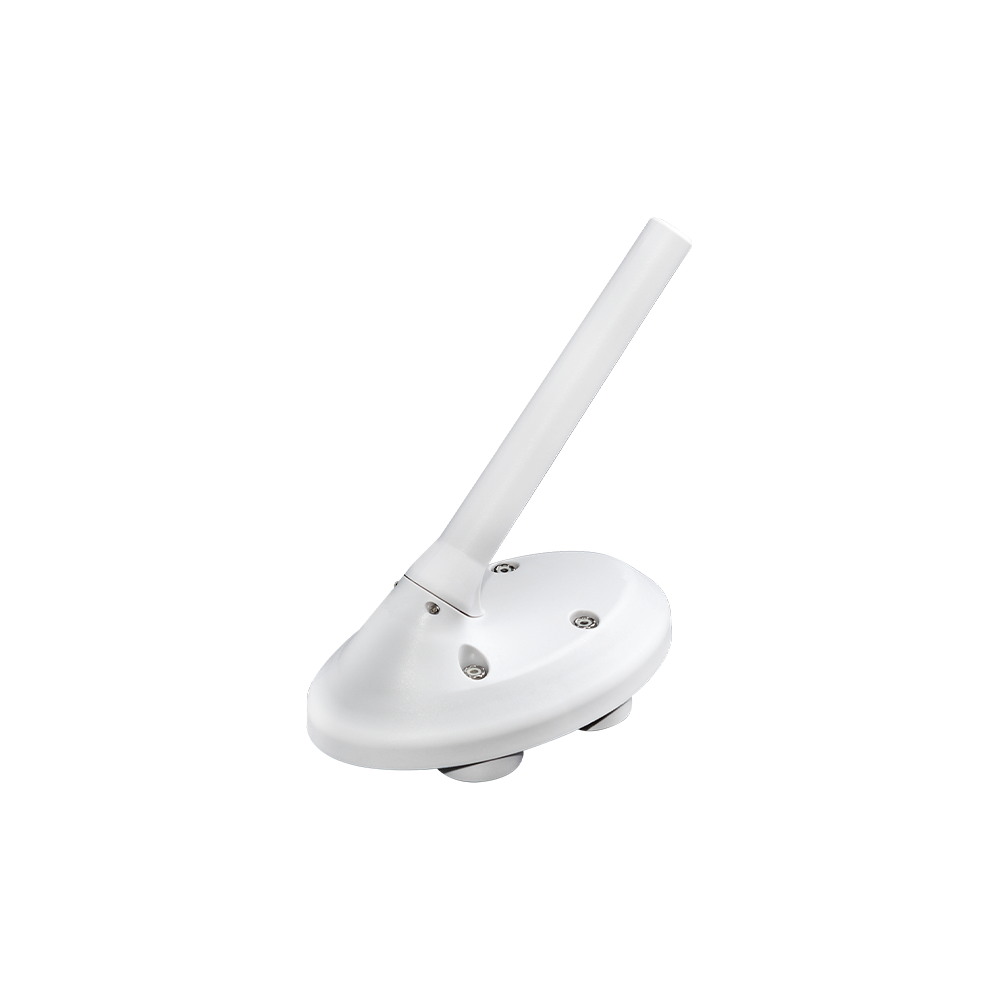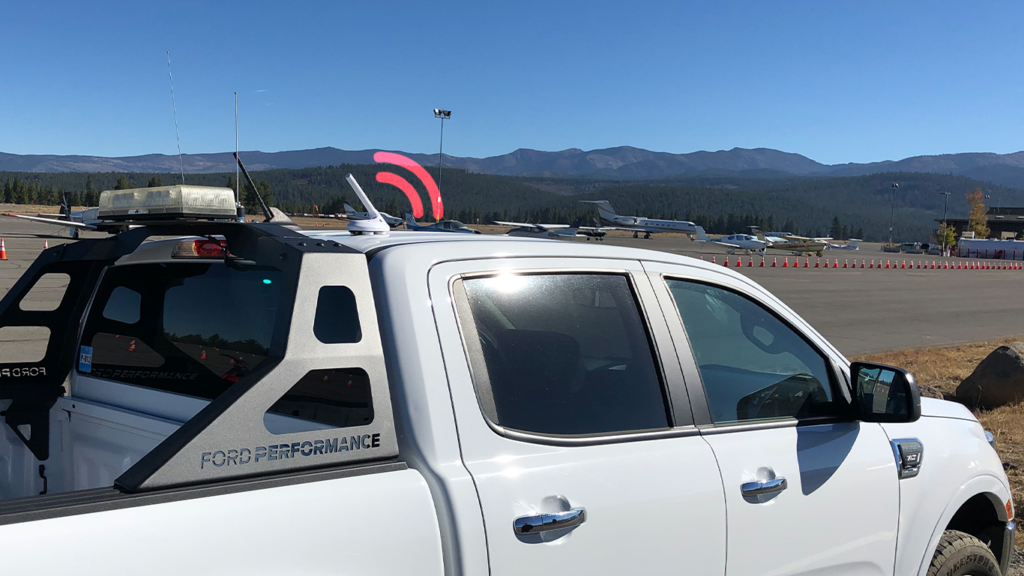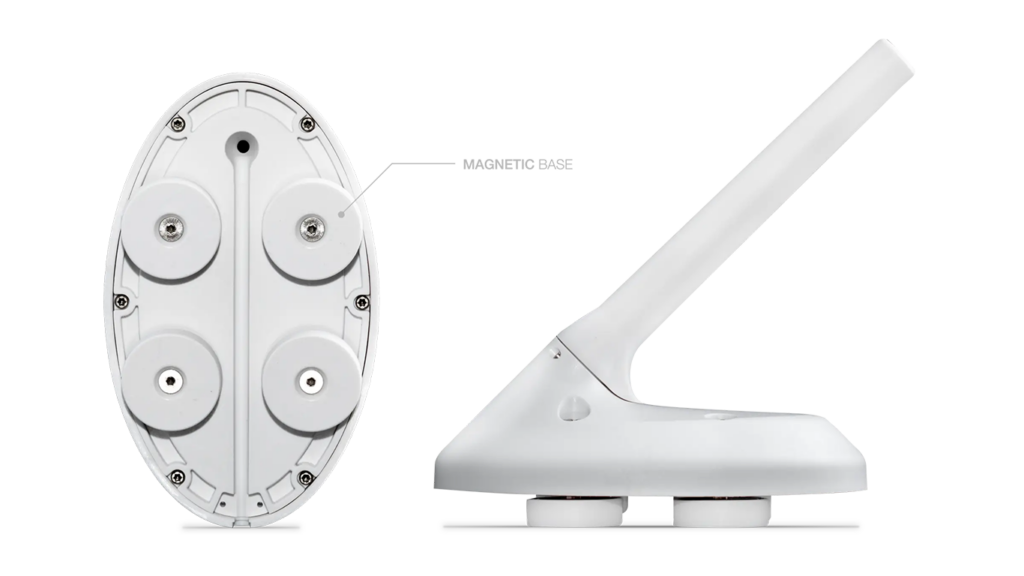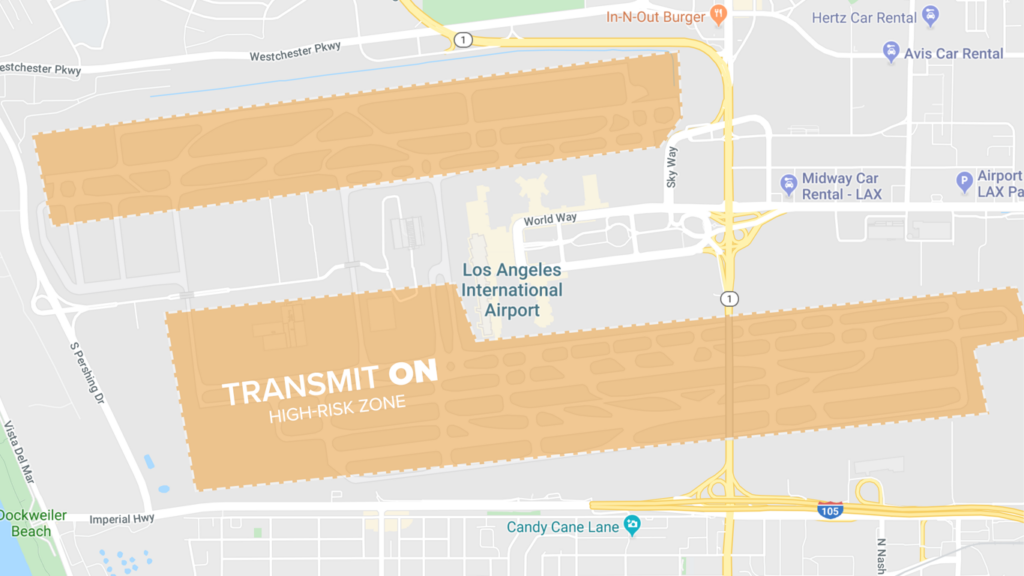Enhancing Airfield Safety with Real-Time Vehicle Tracking
The VTU-20 Airport Vehicle ADS-B Transmitter is a critical safety device that helps prevent runway incursions by broadcasting real-time surface vehicle movements to nearby aircraft, other operations vehicles, Air Traffic Control (ATC), and airport management. This FAA-approved system offers seamless integration with existing airport surface surveillance systems, ensuring enhanced situational awareness for all airfield operations.
The FAA has released a Part 139 CertAlert and PGL 24-0-1 for the Airport Improvement Program (AIP). Learn more about the reimbursement program and download the CertAlert to learn more.

Primary Features
Additional Features
Enhanced Operational Edge
FAA Compliant
Fully approved by the FAA to meet stringent ADS-B regulations, ensuring reliable and legal operation in airport environments.
Field Configurability
Offers easy on-site configuration of the Vehicle ID and 24-bit ICAO ID, enabling customization and updates via a PC-based tool.
All-Weather Durability
Encased in a rugged, IP67-rated enclosure, making it capable of operating effectively in harsh weather conditions.
In-Cab Control Panel
Includes an in-cab control panel for manual on/off control and status updates, enhancing user interaction and operational monitoring.
Low Power Consumption
Efficiently designed to operate on minimal power, drawing only 1.5 watts, which helps maintain the vehicle’s battery life.
Comprehensive Compatibility
Interoperates with various airport surface detection equipment like ASDE-X and ASSC, providing versatile deployment options.
FAQ's
Knowledge Base
How does the VTU-20 enhance situational awareness for pilots?
The VTU-20 transmits real-time ADS-B signals that are received by aircraft equipped with ADS-B In systems. This technology allows pilots to see accurate locations of ground vehicles directly on their cockpit displays, thereby enhancing situational awareness and helping to avoid potential conflicts on runways and taxiways.
Which aircraft systems are compatible with VTU-20 transmissions?
Aircraft that are equipped with 978 MHz ADS-B In receivers can receive transmissions from the VTU-20. This includes most general aviation aircraft that operate within the United States, ensuring broad compatibility and enhanced safety across a wide range of flight operations.
What FAA approvals support the operation of VTU-20?
The VTU-20 is compliant with FAA Advisory Circular 150/5220-26 and meets the performance specifications of FAA-E-3032. It is certified to operate within the airfield environment, ensuring compliance with stringent federal regulations for vehicle ADS-B systems.
How does VTU-20 meet FAA safety standards for vehicle transmitters?
The VTU-20 adheres to FAA Technical Standard Orders and is specifically designed to meet the requirements set out in FAA-E-3032 for vehicle ADS-B transmitters. This includes accurate positioning, reliable transmission power, and effective squitter message control based on the vehicle’s location.
What are the steps for installing the VTU-20 on airport vehicles?
Installation involves selecting an appropriate mounting option (permanent or magnetic), securing the unit on the vehicle, and connecting a single cable for power and data. Detailed installation guidelines are provided with the unit to ensure straightforward setup and integration with vehicle electrical systems.
Can the VTU-20 be moved between vehicles easily?
Yes, the VTU-20 can be equipped with a magnetic mount for easy transfer between vehicles. This flexibility is ideal for airports that need to equip multiple vehicles with ADS-B capabilities on a rotational or as-needed basis.
What are the key operational features of the VTU-20?
Key features include real-time GPS tracking, automatic transmission control using Squitter Maps, and a robust broadcasting system that enhances visibility of vehicle movements on airport surfaces.
How do Squitter Maps control the VTU-20’s transmission areas?
Squitter Maps are geofenced areas programmed into the VTU-20 to enable or disable transmission based on the vehicle’s location. These maps ensure that the VTU-20 broadcasts its position only in designated areas, optimizing the system’s effectiveness and compliance with local operational protocols.
What maintenance is required to keep the VTU-20 operational?
Routine maintenance includes visual inspections for damage, ensuring all connections are secure, and periodically checking the unit’s software and configuration settings for updates. The IP67-rated enclosure should be checked for integrity to maintain its all-weather capability.
How can environmental conditions affect the VTU-20 and its maintenance?
The VTU-20 is designed to withstand harsh environmental conditions, including temperature extremes and precipitation. However, routine checks should include ensuring that seals and enclosures remain intact to prevent moisture ingress and checking that mounting fixtures remain secure in adverse weather conditions.
What common issues might arise with the VTU-20, and how can they be addressed?
Common issues could include loss of power, intermittent signal transmission, or GPS inaccuracies. These can typically be addressed by verifying power connections, checking the integrity of the antenna and its connections, and recalibrating or reconfiguring the GPS settings if necessary.
Who should be contacted for technical support if the VTU-20 malfunctions?
Technical support can be obtained directly from uAvionix. Contact information is provided with the unit and includes support via email, phone, and the uAvionix website, ensuring that users can receive timely assistance with any operational issues.


